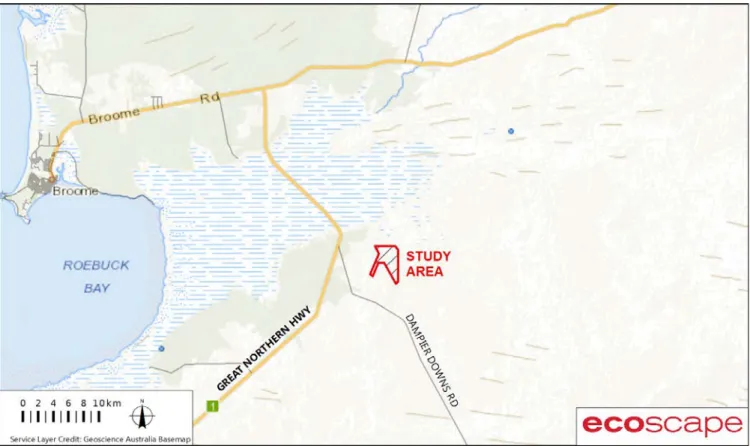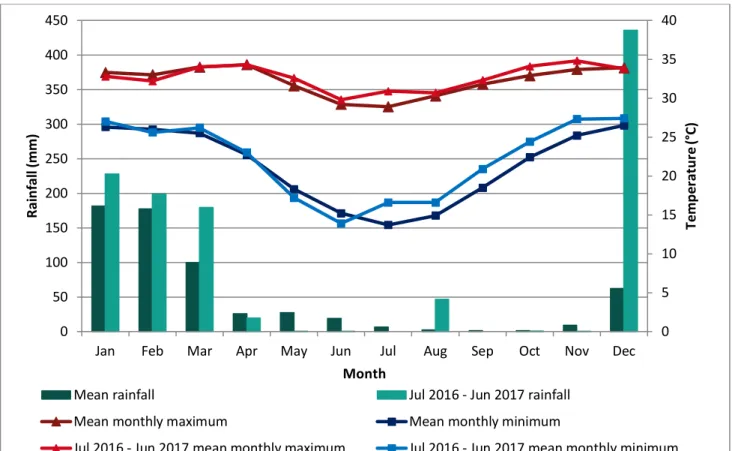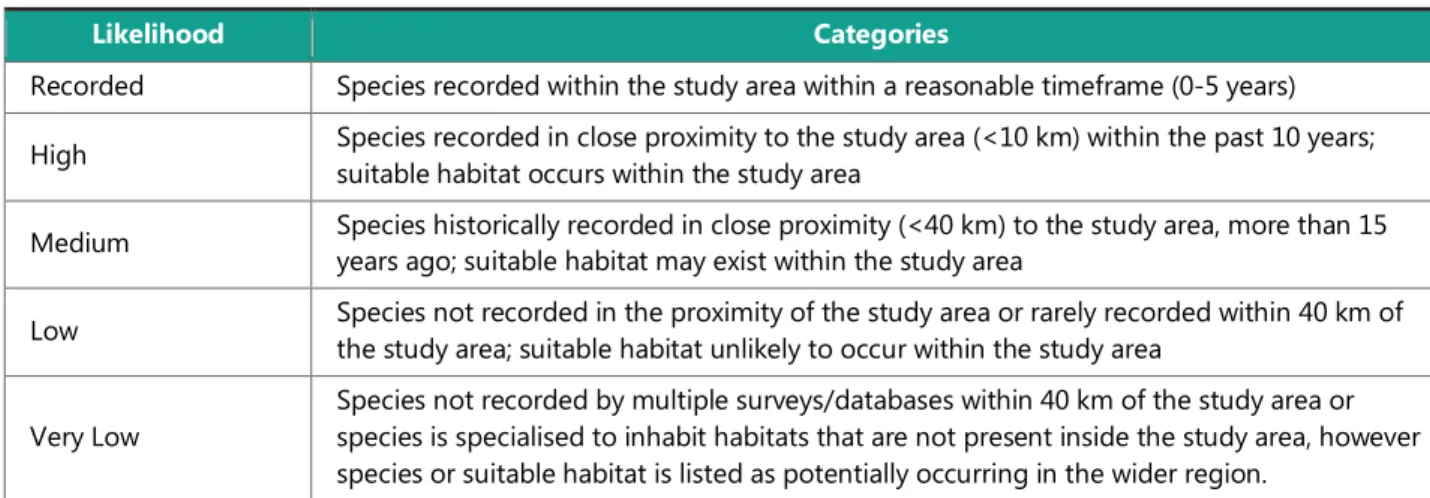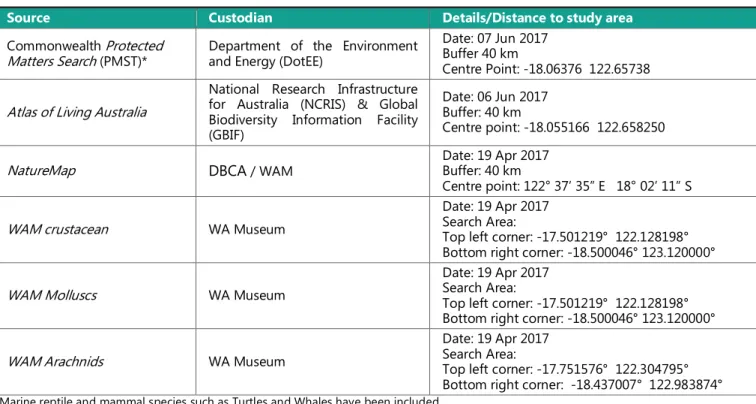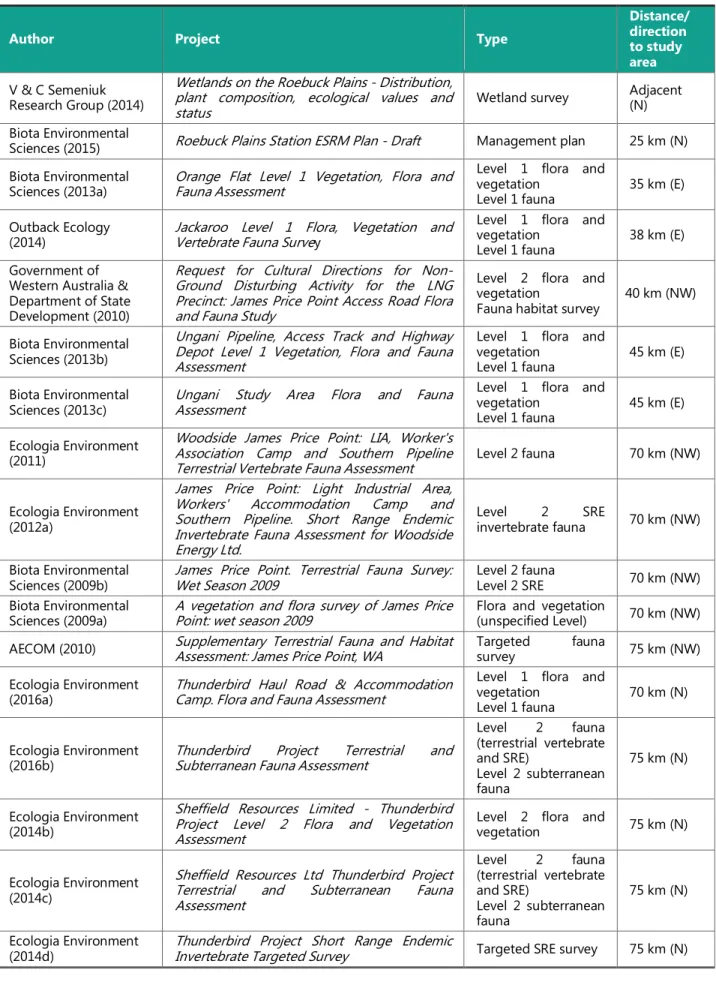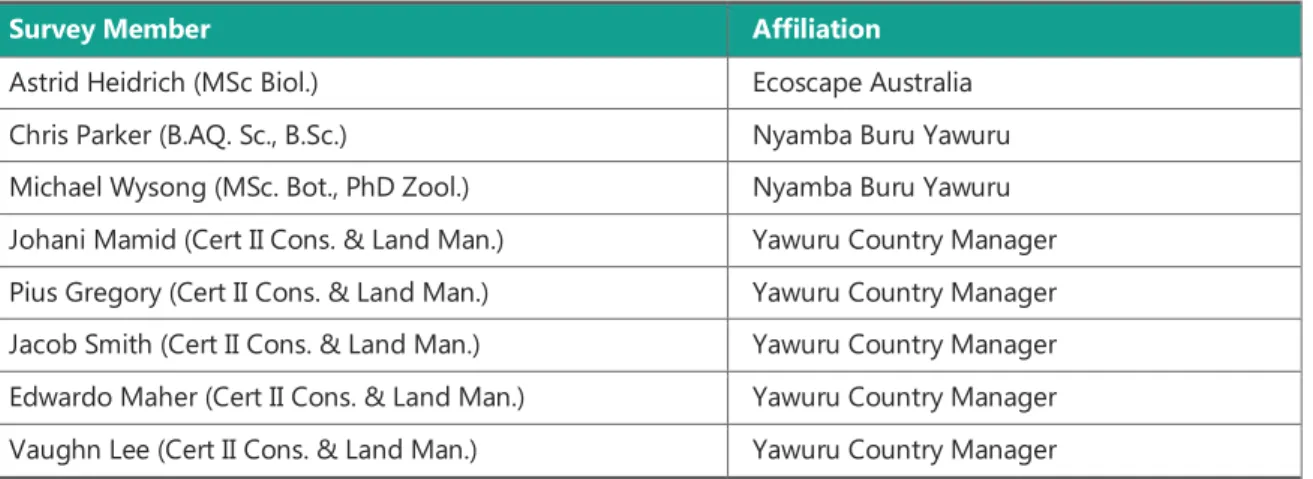This report presents the findings of flora and fauna investigations required for development approval. 82 animal species (seven native mammals, three introduced mammal species, 38 birds, 25 reptile species, three amphibians and six SRE species).
Project Purpose
Project Scope
Study Area
Statutory Framework
- Western Australian Biodiversity Conservation Act 2016
- Commonwealth Environment Protection and Biodiversity Conservation Act 1999
- Threatened and Priority Flora
- Introduced Flora
- Threatened and Priority Ecological Communities
- Threatened and Priority Fauna
- Environmentally Sensitive Areas
- Conservation Estate
TF species are listed as threatened by the Western Australian Department of Biodiversity, Conservation and Attractions (DBCA, formerly Department of Parks and Wildlife (DPaW)) and protected under the provisions of the BC Act. At the Commonwealth level, threatened flora and threatened ecological communities (TECs) are protected under the Commonwealth EPBC Act.
Physical Environment
- Climate
- Landsystems
- Hydrology, Wetlands and Rivers
- Environmentally Sensitive Areas
- Fire Age
The study area lies entirely within the Yeeda land system (Department of Agriculture and Food Western Australia 2012b). Several sites designated as ESAs are located approximately 900 m north and east of the study area;.
Biological Environment
- Biogeographic Region
- Pre-European Vegetation
- Threatened and Priority Ecological Communities
- Conservation Significant Species
- Invertebrate SRE Fauna
Possible May occur within the study area (but not recorded); broadly, 2-4 of the required attributes (but always including reliable, recent close-up data) are present in the study area. Recorded species recorded within the study area within a reasonable period of time (0-5 years) High species recorded in the vicinity of the study area (<10 km) within the last 10 years;.
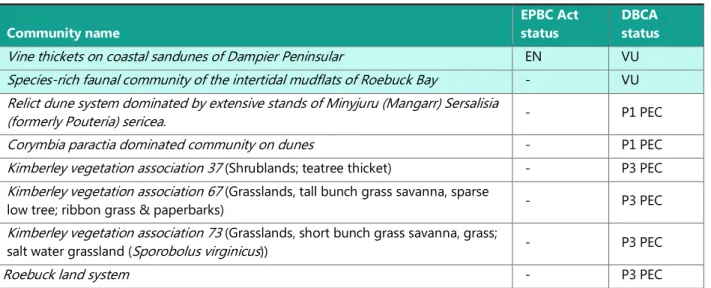
Aboriginal Heritage
Molecular work done on this taxon (or its close relative) may reveal patterns consistent or inconsistent with SRE status. In addition, all probable, potential and unknown SREs should be treated as confirmed SREs under the precautionary principle (section 4a of the Western Australian Environmental Protection Act 1986 [EP Act]).
Literature Review
Fauna in die Duchess Paradise Studie Area SRE lessenaar 110 km (O) Western Wildlife (2011) Rey Resources Duchess Paradise Studie Area,.
Flora and Vegetation Field Survey
- Field Survey
- Statistical Analysis
- Adequacy of Sampling
- Botanical Limitations
Due to the lack of variation in the flora's habitat and large extent of the study area, grid searches for flora of conservation importance were not carried out. The study area was adequately investigated; the effort and scope of the survey was sufficient to describe the area's flora and vegetation.
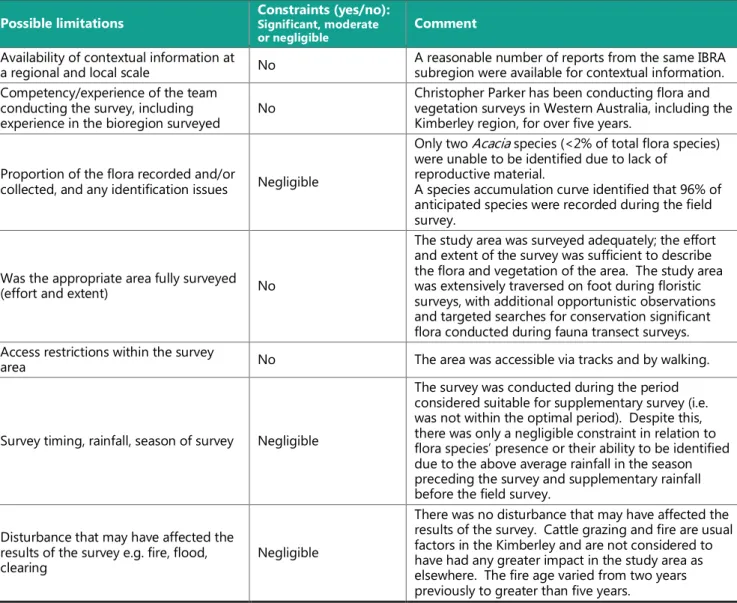
Fauna Field Survey
- Survey Timing
- Survey Techniques
- Specimen Sorting and identification
- Site Selection
- Survey Effort
- Taxonomy and Nomenclature
- Fauna Habitat Assessment and Mapping
- Data Analysis
- Survey Team and Fauna licence
Areas were organized so that the number of trap sites was proportional to the extent of faunal habitats within the study area. Fauna habitats present within the study area were identified and mapped during the study.

Flora and Vegetation
Flora
No flora species were significant according to the criteria described in the Flora and Vegetation Technical Guide (EPA 2016e). This species is not listed as a declared pest and is not a WINNING species and has also been observed along roadsides and fence lines that cattle use as paths.
Vegetation
Grazing, trampling of plants and soil disturbance by cattle were the most common attributes contributing to the deterioration of the vegetation. The extent of the state of vegetation within the study area is given in Table 16 and shown on Map 3.
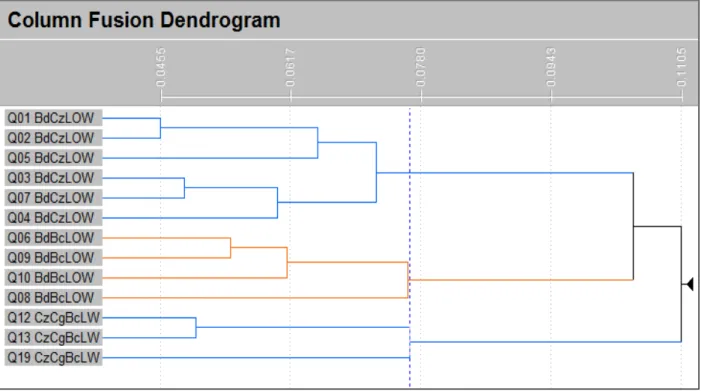
Adequacy of Flora Survey
Vertebrate Fauna
Habitat Types
Fauna Inventory
However, individuals of this species complex have previously been recorded from Liveringa station (southeast of Derby), which is approximately 150 km from the study area (B. Maryan, pers. comms., 2017).
Conservation Significant Fauna
Invertebrate SRE Fauna
Data Analysis
Survey Adequacy
SAC analysis of the collected invertebrate species yielded a similar SAC to the avifauna SAC, almost reaching the asymptotic plateau (Figure 9). The MM average estimator indicated that at the completion of the systematic invertebrate fauna collection (dry pothole and leaf litter collection) the survey was up to 79% adequate.
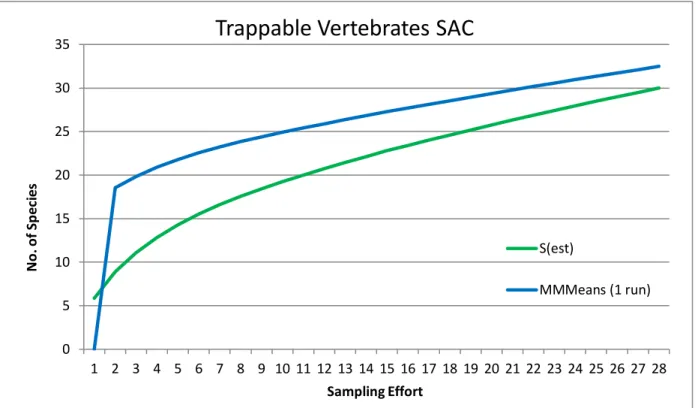
Zoological Limitations
There were some access restrictions, but less accessible areas of the study area were accessed and sampled on foot. Distance and/or access issues No restrictions All areas of the study area were accessible and adequately sampled.
Environment
Flora
Vegetation
Corymbia greeniana Open low forest on sandy plains: open to very open low forest of Corymbia greeniana over tall scrub Terminalia canescens, Dolichandrone heterophylla, Acacia colei and Bauhinia cunninghamii (±Carissa lanceolata, Grevillea pyramidalis, Hakea chordophylla and Ehretia saligna) over very open scrub grassland Aristida holathera, A. Corymbia greeniana Low forest over scrub Middle Pindan: open to very open medium to low forest Corymbia greeniana, C.
Fauna
Habitat Types
Fauna Inventory
The study area shows no signs of the species and in the event that the species may occasionally move into the area, the loss of habitat is negligible on a regional scale. The species has been recorded throughout the study area and is one of the most abundant bird species at the site. B09 was recorded from leaf litter collection at site NBY S3, in the northeast of the study area.
Records of this species are currently limited and the species should be considered a potential SRE on a precautionary basis. It is likely that the species is widely distributed, like other Lychas species in WA (ecologia 2014a). The species has been recorded throughout Western Australia with records as far north as Coolgardie (ecologia 2014a).
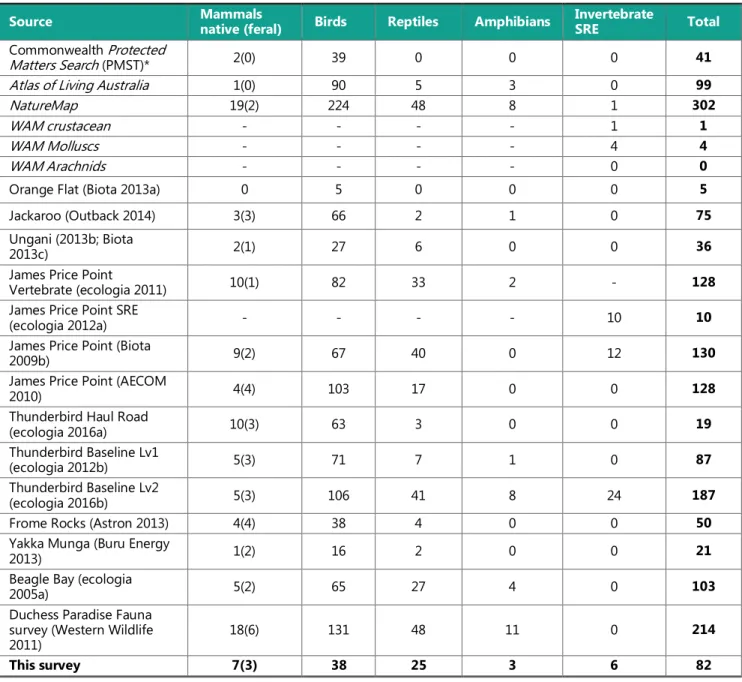
Flora and Vegetation
Fauna and Fauna Habitat
Published as Special Protected under the Wildlife Conservation Act 1950, in Schedule 1 of the Wildlife Conservation (Specially Protected Fauna) Notice for Endangered Fauna and Wildlife Conservation (Rare Flora) Notice for Endangered Flora. Published as Specially Protected under the Wildlife Conservation Act 1950, in Schedule 2 of the Wildlife Conservation (Specially Protected Fauna) Notice for Threatened Fauna and the Wildlife Conservation (Rare Flora) Notice for Threatened Flora. Published as Special Protected under the Wildlife Conservation Act 1950, in Schedule 3 of the Wildlife Conservation (Special Protected Fauna) Notice for Endangered Fauna and Wildlife Conservation (Rare Flora) Notice for Endangered Flora.
Published as Special Protected under the Wildlife Conservation Act 1950, in Schedule 4 of the Wildlife Conservation (Special Protected Fauna) Notice for Threatened Fauna and Wildlife Conservation (Rare Flora) Notice for Threatened Flora. Published as specially protected under the Wildlife Conservation Act 1950, in Schedule 5 of the Wildlife Conservation (Special Protected Fauna) Notification. Published as specially protected under the Wildlife Conservation Act 1950, in Schedule 6 of the Wildlife Conservation (Special Protected Fauna) Notification.
Published as Specially Protected under the Wildlife Conservation Act 1950, in Schedule 7 of the Wildlife Conservation (Special Protected Fauna) Notification. Once widespread, the only extant species of Greater Bilby (Macrotis lagotis, Thylacomyidae) is now rare and scattered, confined to northern and mostly inland, especially sandy deserts (patchy distributed through the Tanami Desert in the Northern Territory, west to Broome) and south to Warburton in Western Australia). This mainland subspecies of the spectacled wallaby is a medium-sized wallaby found across northern Australia and the Pilbara region.
Identify the known occurrences of each subterranean fauna community or species listed adjacent to the Proposal.
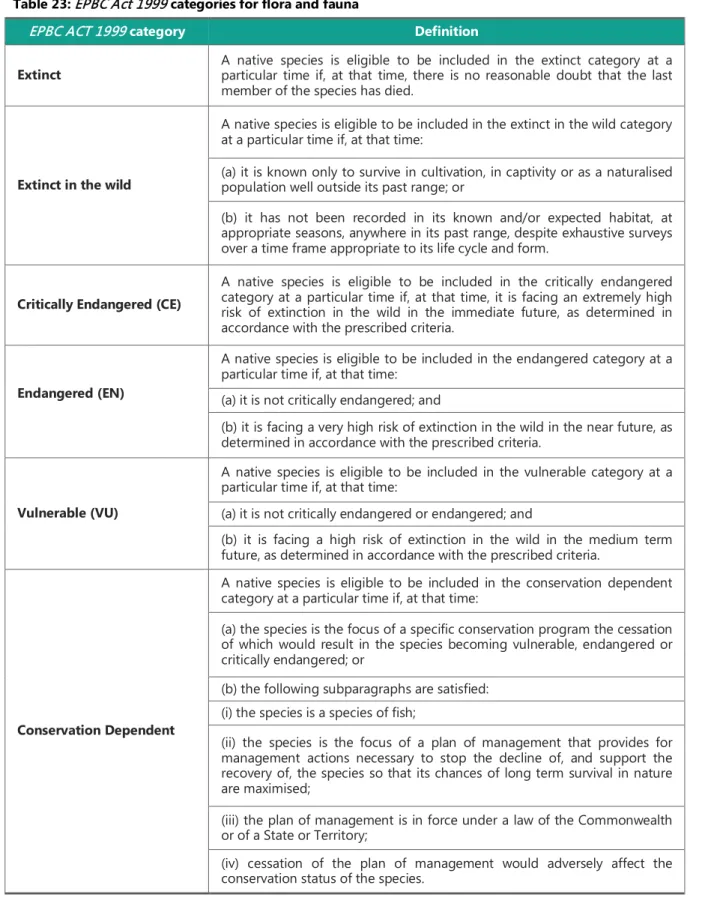
Desktop Environmental Factors Assessment
Fire Age
Vegetation Communities, Condition and Quadrat Locations
Fauna Survey Sites and Survey Tracks
Conservation Significant Fauna Records and Habitat Mapping
Stylosanthes hamata
Stylosanthes hamata
Shrubland over mixed Tussock Grassland
Aristida and Chrysopogon Tussock Grassland habitat type
Unnamed Ctenotus sp. (leonhardii group)
Spectacled Hare-wallaby shelter
A desktop survey was completed which identified 643 records of the Greater Bilby within 40 km of the study area (Government of Western Australia 2017a). Beierolpium is a genus in the pseudoscorpion family Olpiidae and is defined by a specific arrangement of the trichobothria on the chela fingers (Figure 10). Most species of the genus Lychas are widespread and have been recorded from across Western Australia.
Age classes of the large bilby (Macrotis lagotis) by track and fecal grain size. Diet of the Bilby (Macrotis lagotis) in relation to substrate, fire and rainfall characteristics in the Tanami Desert. Extinct A native species is eligible to be included in the extinct category at some point if there is no reasonable doubt at that time that the last member of the species has died.
Published as Specially Protected under the Wildlife Conservation Act 1950, and listed under Schedules 1 to 4 of the Wildlife Conservation (Specially Protected Fauna) Notice for Threatened Fauna and Wildlife Conservation (Rare Flora) Notice for Threatened Flora (which may also be referred to as Declared Rare Flora). The species is now known from all over the Dampier Peninsula and has previously been observed from the Thunderbird project, 75 km northeast of the study area (ecologia 2014c). The ecology of the Dampier Peninsula of Goanna is not well known due to its recent discovery.
Review of existing data of the sub-region to determine the probability of occurrence of subterranean fauna in the vicinity of the Project and adjacent regional area;.

Fresh scats of the Spectacled Hare-wallaby
Dampier Peninsula Goanna (Varanus sparnus)
Introduction
Nyamba Buru Yawuru (NBY) is the organization representing the indigenous rights holders, the Yawuru people, of Broome and surrounding areas. NBY owns a number of properties in the Roebuck Plains/La Grange area, including Roebuck Plains Station (RPS). NBY plans to invest in a five x 50 ha pivot farming system covering approximately 300 ha in the La Grange area.
The pivot points are constructed within an envelope of 960 ha, the so-called Proposal (Figure 1). Assess the suitability for subsurface fauna of the habitat within the proposed area, including the borefield, to provide irrigation water; Determine the degree of connectivity between suitable subsurface faunal habitat within the Proposal Area and surrounding areas of the same habitat outside the Proposal Area; And.
Background
- Project Description
- Subterranean Fauna
- Stygofauna
- Troglofauna
- Conservation Framework
Geology influences the presence, richness and distribution of subterranean fauna by determining the types of habitats available (Eberhard et al. Alluvial deposits can host subterranean fauna in the interstitial spaces between the constituent sands and gravels, and coarser sediments tend to host larger assemblages larger than silt or clay-rich substrates (Korbel and Hose 2011) Troglofauna have been recorded across the landscape of Western Australia, with the greatest diversity and abundance occurring in the Pilbara, where they are widely found in mineralized iron formations and weathered, calcrete and alluvial detrital deposits (eg Biota 2006; Bennelongia 2008a, b; Edward and Harvey 2008).
However, several troglofaunal groups have been collected from caves and the wider landscape in the Kimberley, including isopods (Dalens 1993), spiders (Harvey Edward 2007), pseudoscorpions (Harvey and Volschenk 2007), cockroaches (Roth 1995), hemhreysterans (1988), ants (Andersen and Brault 2010), silverfish (Smith and McRae 2016) and diplurans (Conde 1009. The Environmental Protection Authority recognizes the need to conserve underground fauna and stipulates its consideration as part of environmental impact assessment in the Environmental Factor Guideline: Underground Fauna (EPA 2016a) The protection of subterranean fauna can also be considered in the wider context of state and federal conservation legislation.
Hydrogeology
- Geology
- Hydrology
- Assessment of Habitat
- Subterranean Fauna near the Proposal
- Assessment of Likelihood of Fauna
- Conclusions
At state level, the Minister for the Environment can list an ecological community as threatened (i.e. a TEC) if the community is suspected of being destroyed or at risk of being completely destroyed. A third formation (Wallal Sandstone) is also likely to be saturated, but is unsuitable for stygofauna due to its great depth from the surface and appearance below a confining layer. In contrast, the Broome Sandstone is considered suitable for troglofauna (in the unsaturated part of its profile) and stygofauna (in the saturated part of the profile).
While stygofauna communities currently known from the Kimberley appear to be poor compared to those from the Pilbara and Goldfields, sampling effort has also been much lower. Three of the stygofauna species are widespread in Western Australia and the remaining stygofauna and all troglofauna species all appear to be new (Table 1). The oligochaete worms in WA appear to be very diverse with many endemic species at close range².
